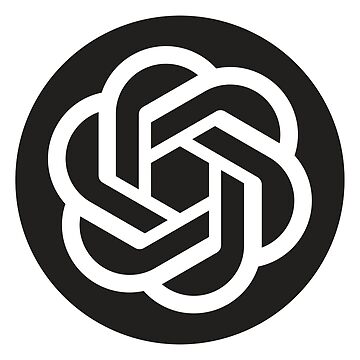¶ Trends Analysis
¶ What it is
Trend Analysis is a method of observing the direction of a market, an audience group, competitors, or price movements from geographical, behavioural, and social perspectives, etc. It is used to forecast future market change and understand what trends (at a macro or industry level) could influence our products & services, customers’ choices, and business strategy.
¶ Why it is useful
Identifying trends internally and externally helps companies spot potential threats and opportunities. So that we take action to prevent failures and make the most use of discovered opportunities in the market. In the product space, applying trends to designing a solution that would fit into the future world is beneficial. We could also use this to understand the big picture and ask better questions in customer research to identify relations/impacts to them.
¶ When to use it
Trend Analysis can be used to internally analyse the status quo and understand patterns to resolve existing problems. However, it is also useful when we want to discover new opportunities to improve our products, create new business models and reshape strategies.
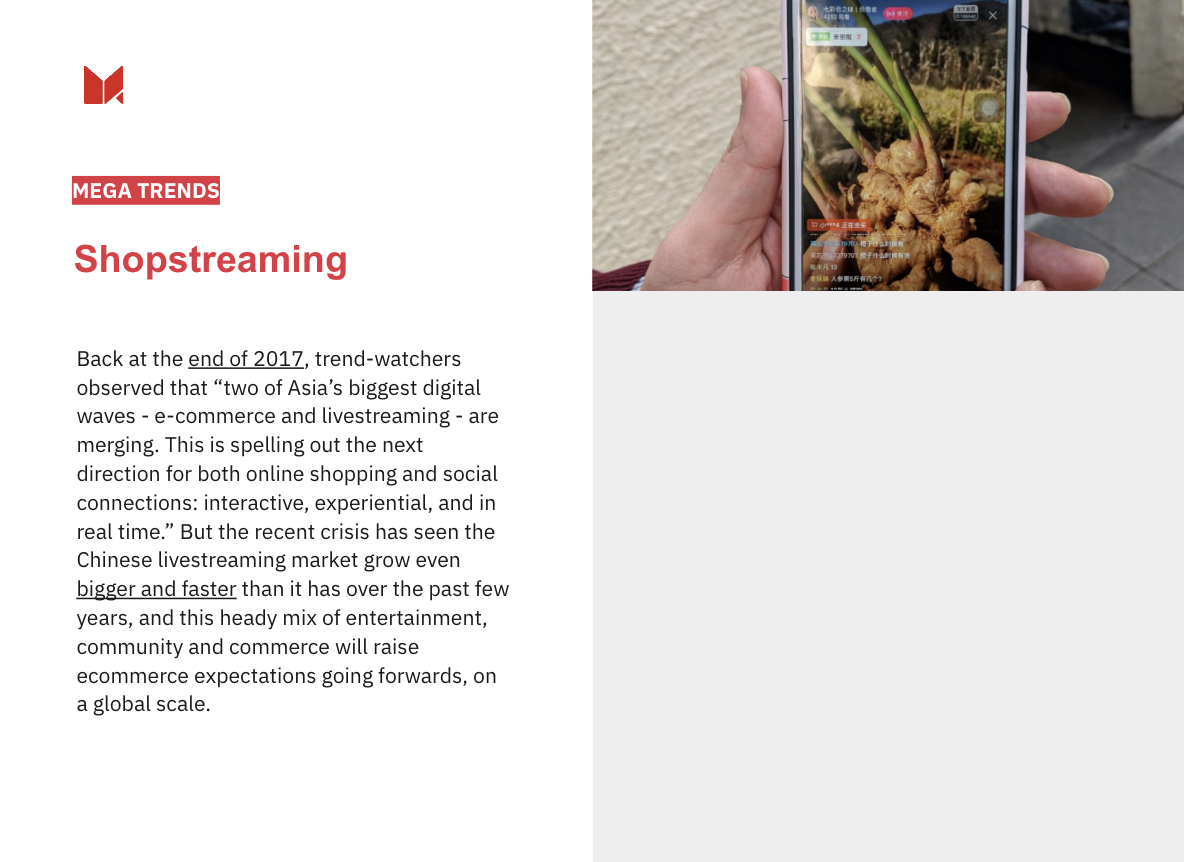
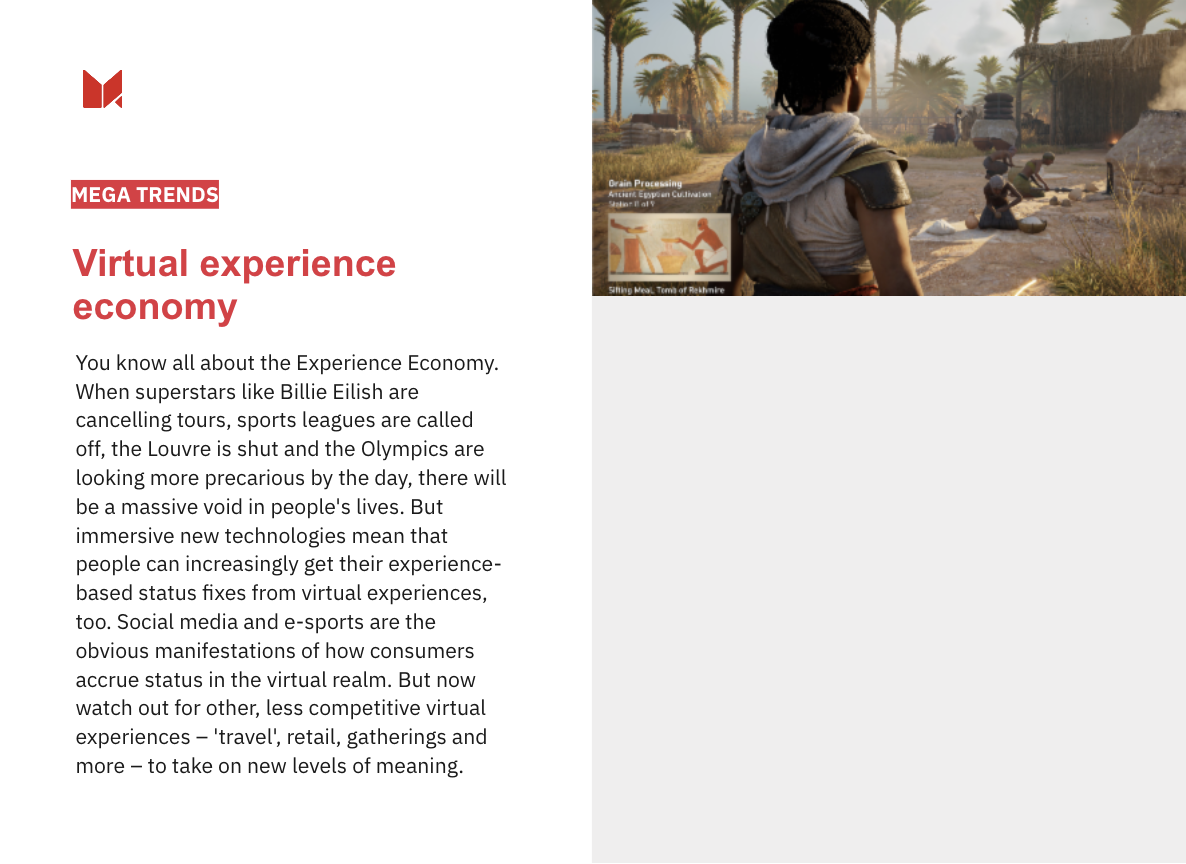
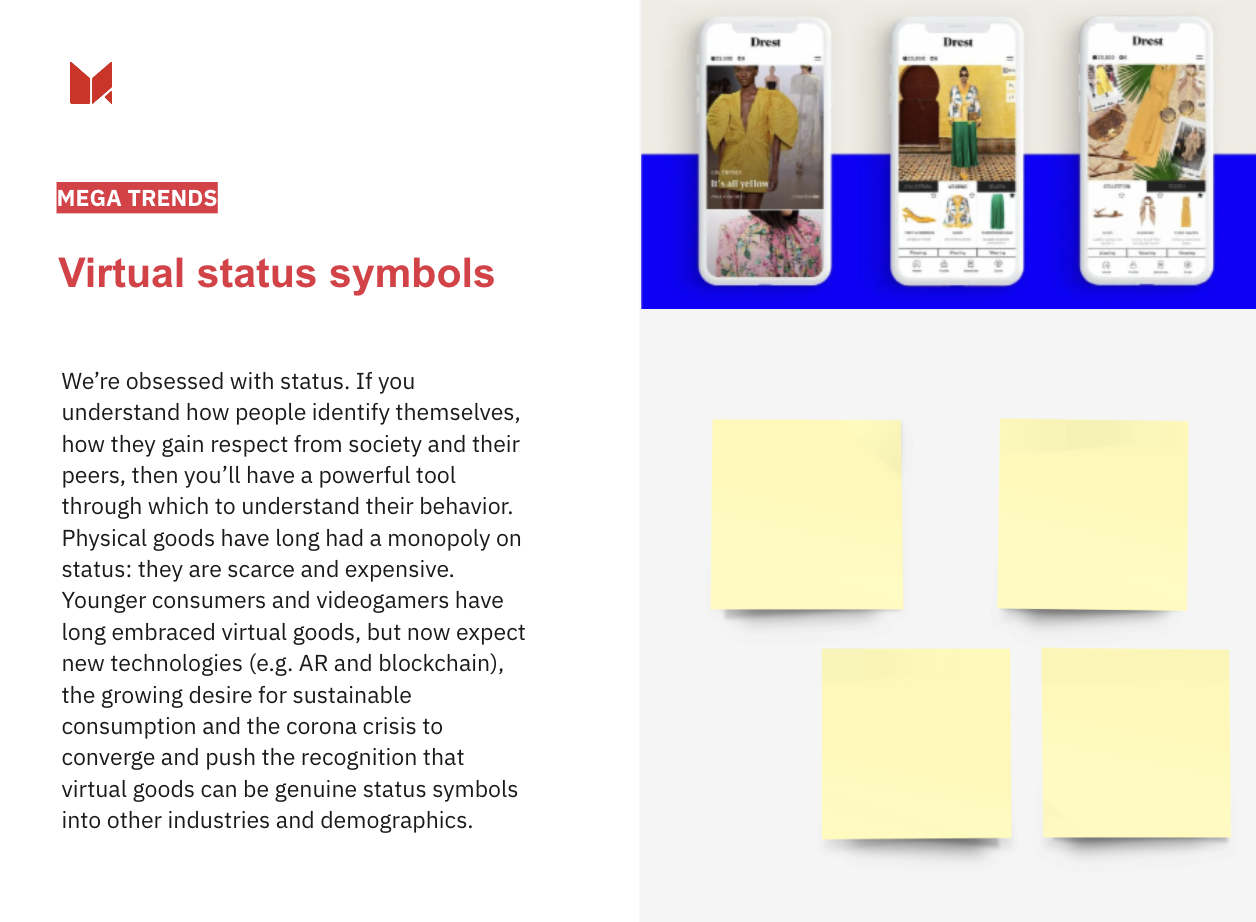
¶ How is it done
1. Identify the most critical research areas and keywords first. In which market/sector are our customers? What focus areas are most important to us? For example:
- Consumer trends in the organic food market
- B2B online chemical buying trends
- Megatrends for HealthTech
2. Start your research online with different keywords. There are some standard methods to look for trends:
- Up-to-date industry research and trends reports
- Competitor observation, latest updates, and news
- Look at short-, intermediate, and long-term trends
- Check on relevant new technology developments/innovative business models
- Customer interviews (ask them what trends they have observed in the market and why)
3. Collect information on a Miro board and cluster it into different categories. Prioritise the most relevant trends and share them with the team, discuss how this impacts our actions and products, and what these trends mean to us.
¶ Do's & Don't
Do's
- For any particular trend, check multiple data sources and see whether it’s been mentioned; if only one source is discussing this trend, then please double-check and decide if it’s relevant to our current projects.
- When many sources repetitively mention one trend, you can deep dive and look for more details, especially how it will impact the industry.
¶ Tools needed
- Whiteboard (virtual)
¶ Example
We conducted a quick market trend analysis when researching the seawater desalination market. Then, we included those trends in our customer interviews to understand further how they influenced their decision-making and what opportunities we can seize today.
Turning into customer interview questions:
- How does this trend influence your business and decision-making process today?
- What impacts do you see those trends might have on your business in the future?
- How do you prepare to embrace new trends? What actions have/will you take?
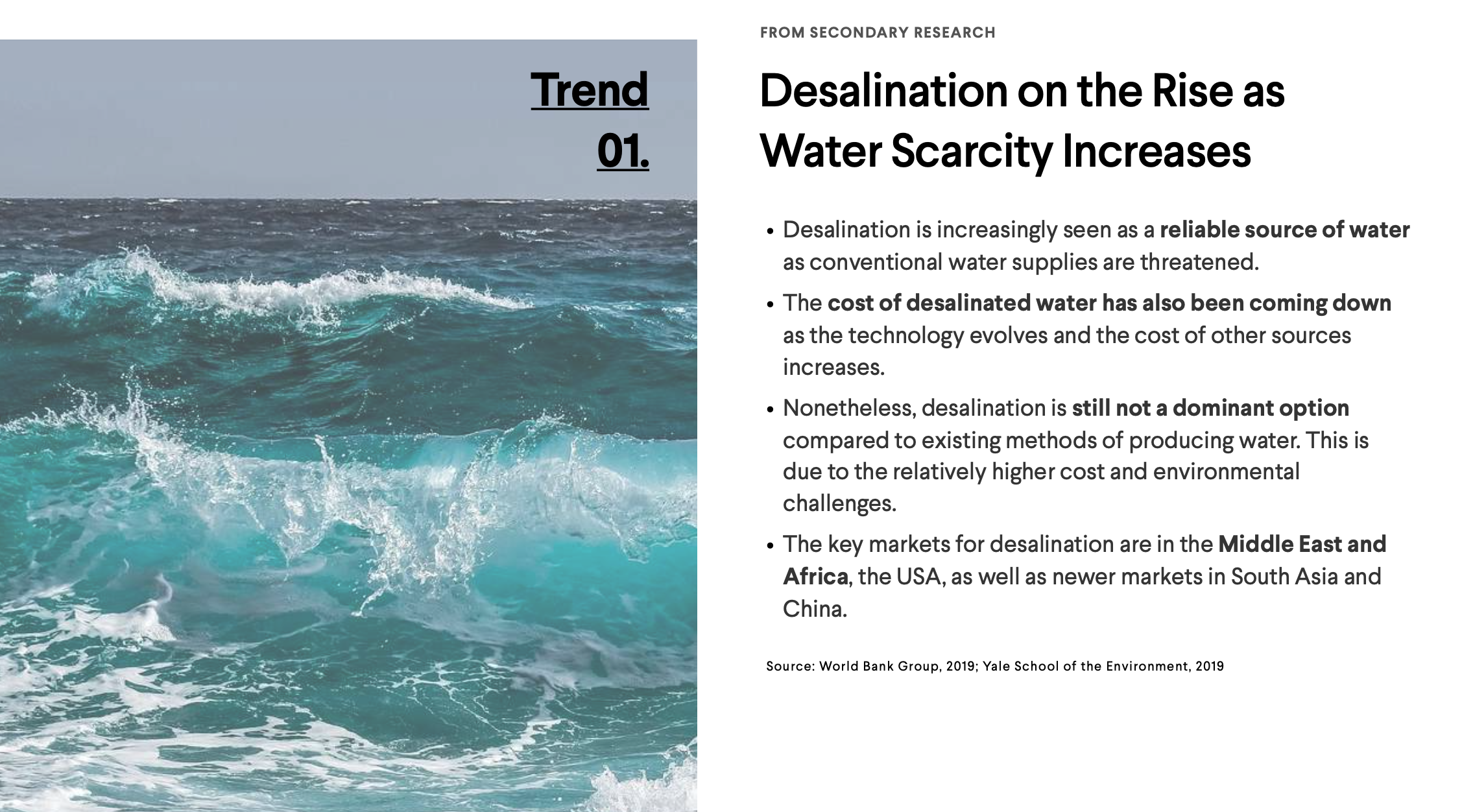
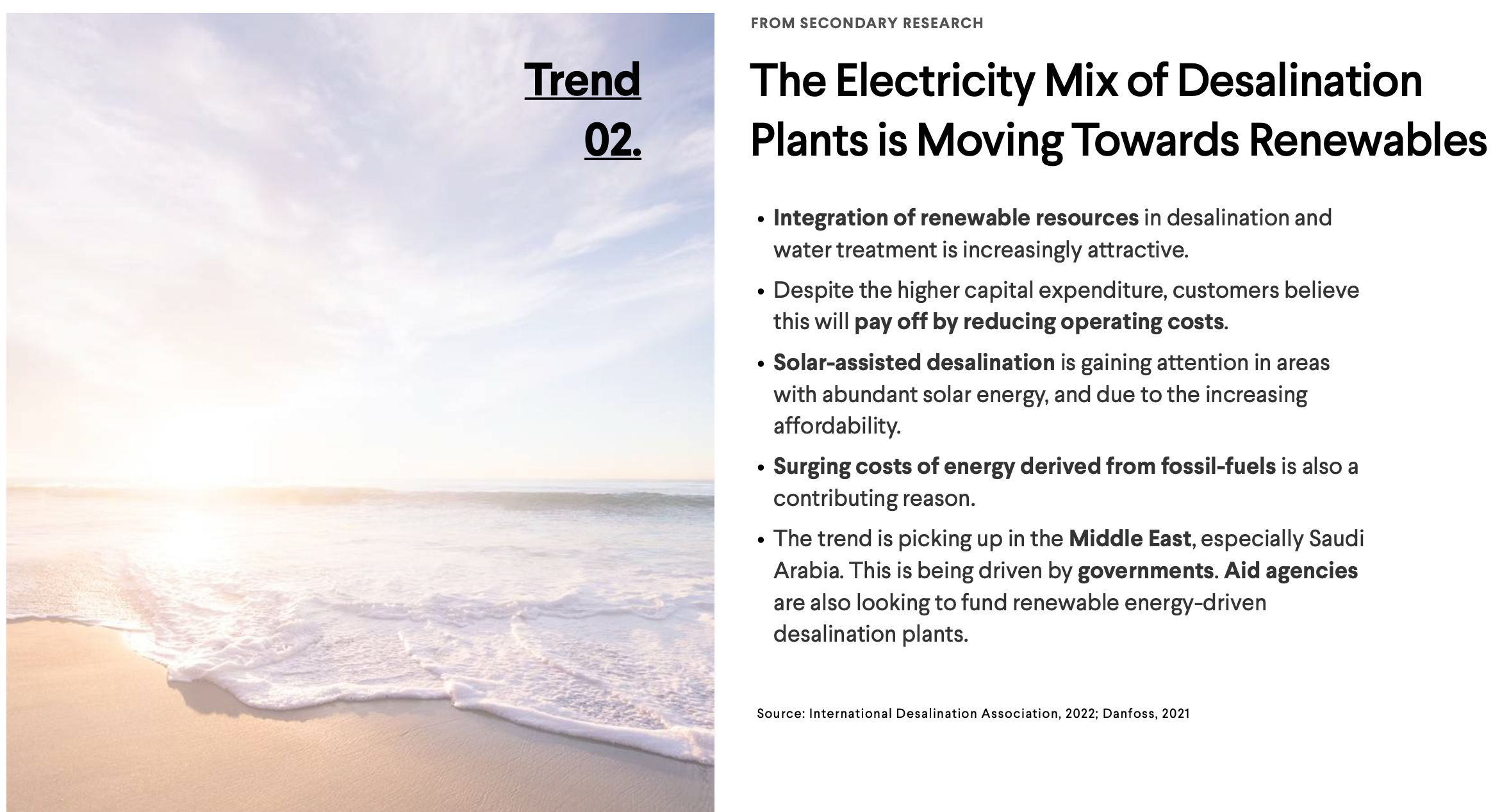
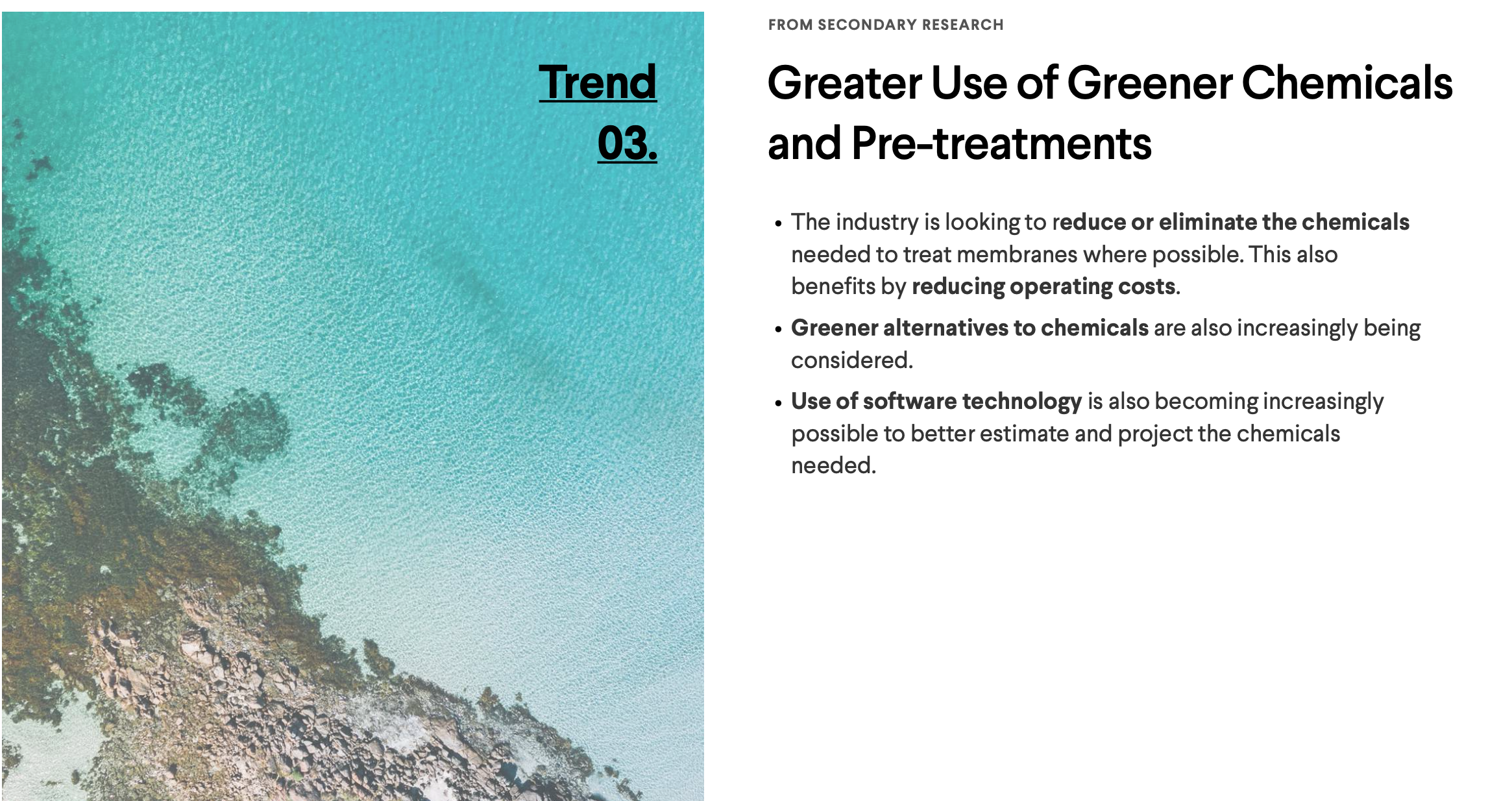
¶ GenAI Tool Use Case
¶ Streamlined Data Collection Process
Users can utilize data analysis tools to collect and classify extensive information, presenting it in one place and various formats through visualization techniques.
Tip & Tricks:
- Keep it Simple.
- Provide Clear Instructions.
- Provide Examples.
- Be Specific.
Read More:
How To Use ChatGPT For Data Analysis: What Organizations Need To Know
Key Steps Tutorial
- Introduce the Background and Scan the Market Signal
- [introducing the context] With the aim of (context of the competitor research), We wanted to understand how to leverage our product (x) to approach (introducing the target audiences) in the (specific target market).
- [giving the brief] To understand this market, our primary focus is to explore the emerging trends. Please give me the top (specific quantity) observational signals that require special attention.
- Extract the Market Trends and Analyse the Driving Forces
- [Cluster the Signals] Can you summarize the above market signals into a list of trends, to foresight the potential future changes?
- [Extract the driving force] What is the key factor that drives the mentioned trend (A)? Can you deep dive a bit more?
Sample Prompt:
Sample Prompt:
Other Inspirational Tool:
Bard
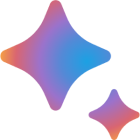
While Bard-QA is specifically tailored for question-answering tasks, ChatGPT is a more versatile model that can engage in interactive conversations.
Quid
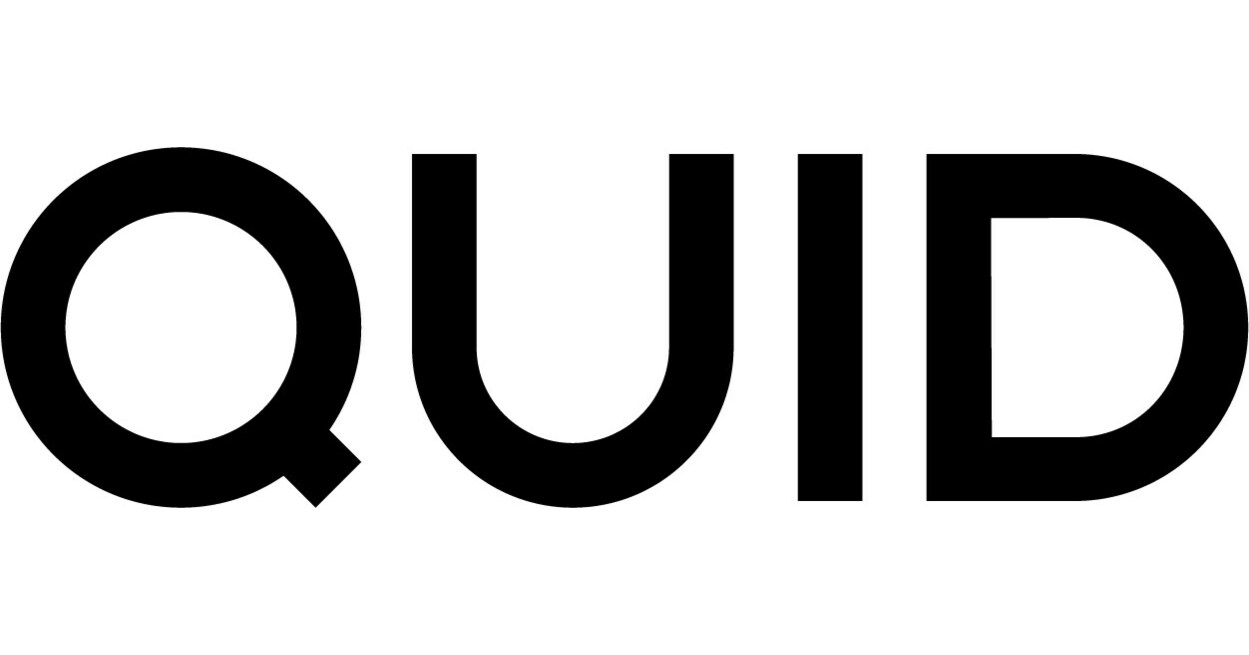
Streamlines data collection by leveraging natural language processing and machine learning algorithms to analyze and visualize unstructured text data, facilitating insights from large datasets
